Honeysuckle Titmouse, description of the variety, secrets of getting a good harvest
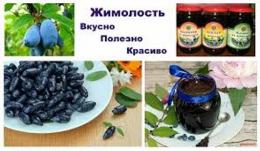
Edible honeysuckle - This is not only a beautiful ornamental shrub that looks good in any area, but also a storehouse of various vitamins, a tasty berry with sourness, from which you can make compotes, jams, preserves, and freeze for the winter.
It is she who opens the berry season first and helps to cope with vitamin deficiency, which is why the plant is gaining more and more popularity among gardeners year after year.
Content:
- Brief description of the bush
- Description of the honeysuckle variety Sinichka
- Choosing a location and planting shrubs
- Rules and features of plant care
- Harvesting, storage and processing of fruits
Brief description of the bush
Honeysuckle is a dense, branching shrub, the average height of which is 1.5-2 m. The plant frost-resistant, can withstand frosts during flowering and produce an ovary.
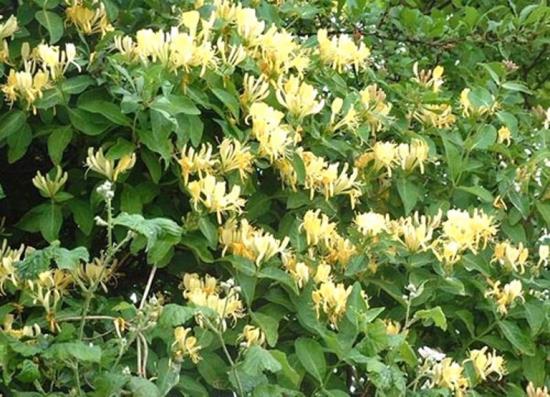
The flowers are small, bisexual, collected in inflorescences, and painted in light yellow tones. They are pollinated by insects: flies, bumblebees, bees. From 2 flowers, 1 berry with two chambers is formed.
The fruits are dark blue with a light coating, about 2 cm in length and 1-1.4 in diameter. They ripen unevenly and fall off when left on the bush for a long time. Berries tender, soft, difficult to transport, stored in the refrigerator for no longer than 3 days.
A special feature is its slow vegetative growth and development: by the end of 1 year of life, the shrub reaches a height of only 6-7 cm, by the end of 3 - 55-70 cm.It reaches a height of 1.5-2 m only by the age of 7.
Currently, some research institutes of horticulture are engaged in plant selection: Siberia, in the Moscow region and several other cities.
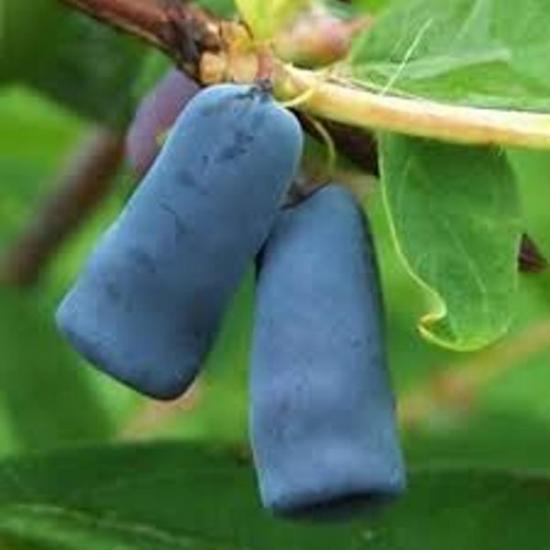
The most popular and interesting varieties of honeysuckle for gardeners and summer residents are:
- Blue Bird and Tomichka,
- Sinichka and Pavlovskaya,
- Dolphin, Blue Spindle,
- Moskovskaya - 23, Lazurnaya, Cinderella,
- In memory of Gidzyuk, Nymph,
- Amphora, Kamchadalka.
How to choose the right one for you variety from this huge variety?
Experts advise assessing based on a group of criteria:
- fruit size;
- productivity;
- taste properties (presence of bitterness, sourness, sweetness);
- crumbling during overstagnation;
- winter hardiness;
- resistance to diseases and insect pests;
- separation from a branch;
- decorativeness;
- timing of flowering and ripening.
Description of the honeysuckle variety Sinichka
This variety is tall, with a large round crown, and under appropriate conditions grows up to 200 cm. The foliage is bright, green with a pointed base. Refers to early ripening varieties.
The plant likes free, illuminated sunny areas, but also responds calmly to temporary shading. The berries have a pleasant aroma, there is absolutely no bitterness in them, they are sweet, but with sourness.
The shape is elongated, elongated, and the top is similar in shape to a saucer. The average length of the fruit reaches 3 cm. This is a fairly large-fruited variety honeysuckle. The skin of the fruit is thin and soft. Weight is about 0.7-0.9 g.
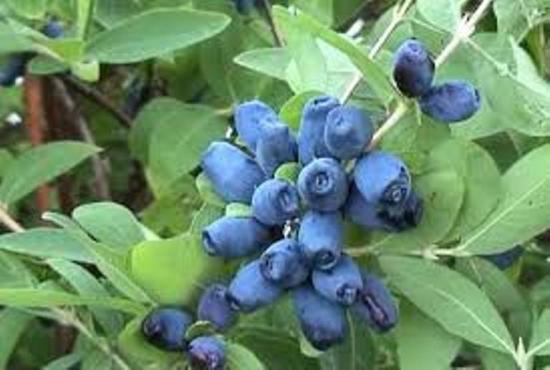
Even if the fruits remain on the bush for a long time after ripening, they shed little. Suitable for both fresh consumption and processing and cooking.
A feature of the variety is (at approximately 3 years of age) the bark detaches from the trunk.It literally “lags behind” the trunk and branches, and falls in long ribbons to the ground.
Gardeners consider the main advantages to be the excellent frost resistance of ovaries and buds even at -5 degrees, and the ability to bear fruit at the age of up to 30 years (from 5 to 7 kg per bush).
They are valued for their unpretentiousness and low susceptibility to diseases and pests. Productivity can be increased by frequently loosening the soil, applying nitrogen-containing fertilizers in the spring and mulching the tree trunk.
Ideal pollinators for honeysuckle Titmouse are considered Cinderella, Kamchadalka, Start, Malvina.
Reviews from summer residents about the Kamchatka Sinichka honeysuckle variety on the Internet are only positive: everyone notes the bush’s unpretentiousness to care and cultivation, the ability to tolerate low temperatures and calmly respond to changing conditions, low shedding, excellent taste and pleasant aroma of the fruit.
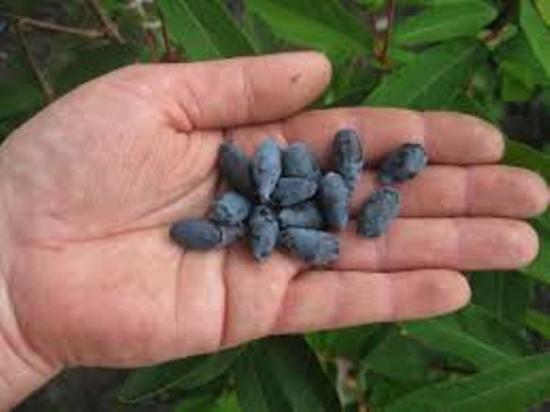
Choosing a location and planting shrubs
For good growth and fruiting, it is important to choose a suitable place. The ideal choice would be sunny, well-lit areas, protected from cold drafts.
Highland bushes and shaded areas in gardens do not tolerate well. It is advisable to grow at least 3 different types of this crop on the site. This is explained by the fact that with cross pollination the taste of the fruit improves.
Buds on young shrubs bloom in early spring, so autumn planting is preferable (late September or early October), but spring planting is also acceptable (late April, early May).
It is important to choose good, healthy seedlings. They should be strong, fresh in appearance, with flexible branches, large buds and a well-developed root system.The best seedling in terms of age is considered to be 2-3 years old; after planting, within 3 years it will bloom and produce its first harvest. Ideal height is from 30 to 110 cm.
The rules for planting crops are as follows:
- Before work, you should make sure that the distance between the planting holes is at least 150 cm. Honeysuckle grows very strongly over time, and the branches are quite fragile and brittle.
- For decorative plantings, this distance is increased further, up to 300 cm.
- Planting holes are cut out in the shape of a 40x40 cm square, soil is dug out of them, compost or rotted humus is added, the application rate is at least 2 buckets of fertilizer in each hole.
- It is also necessary to add superphosphate (3 tbsp) and wood ash (1 l). If the soil is too light, with a lot of sand, increase the amount of humus/compost. All fertilizers are mixed until smooth.
- The holes are carefully spilled with water, and a small tubercle is made in the center.
- A young prepared seedling is placed in a hole and sprinkled with soil, compacted around the trunk and a trunk circle with sides around it is formed. It is permissible to deepen the root collar by 3-5 cm.
Must be done after landing mulching tree trunk circle to retain moisture in the soil, provide additional nutrition and protect the root system. It is allowed to use ordinary newspapers, wood shavings, humus, and peat as mulch.
If you have seedlings of several varieties at once, plant them alternately. This technique will help improve cross-pollination and significantly increase yield.
Pruning shrubs after planting is unacceptable, as it retards their growth and development.
Rules and features of plant care
Honeysuckle is an unpretentious plant that requires little care, but basic agrotechnical rules should not be neglected when growing it.
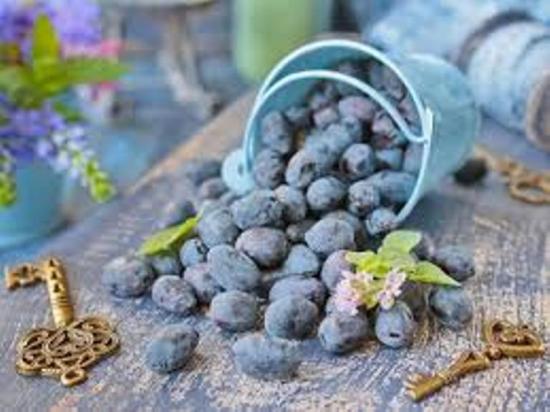
Watering
Regular watering, It is especially needed during the period of fruiting and flowering. One bush requires about 1 bucket of water weekly, and on dry days 1.5-2 buckets.
Application of fertilizers and fertilizers
The optimal time to fertilize the soil is autumn, especially its last months. For feeding, use a mixture consisting of 5 kg of compost, 40 g of double superphosphate and 100-150 g of ash.
This fertilizer is used no more than once every 2 years. In spring, during the period of swelling of the buds, ammonium nitrate (15 grams per 1 sq. m.) is used for fertilizing.
Pest Control
To get rid of various diseases and pest invasions, the plant is regularly treated with special preparations. This is done at the end of summer, after harvesting.
The most common diseases are:
- cercoporosis;
- powdery mildew;
- ramulariasis.
If you notice signs of these fungal diseases on the plant, take immediate action: tear off and burn all infected parts of the bush, treat it with preparations.
And among the pests most often appear:
- aphid;
- scale insect;
- whitefly;
- leaf roller
Before harvesting, it is necessary to treat the bushes with potent chemicals against pests: Aktara, Karbafos.
Formation of bushes, pruning
Sanitary pruning performed starting from the age of 6 years of the bush. It is important for the plant to prevent thickening. During pruning, diseased, broken, damaged branches are removed from the very base.
Every 3 years the crown is thinned out, leaving the strongest and strongest branches.When pruning, do not touch the tops, because they contain buds with flowers. For plants older than 15 years, complete pruning of all branches up to 45 cm in height is possible; such plants quickly grow back next year.
For climbing varieties, only sanitary pruning is carried out.
Wintering
A healthy plant does not need special shelter for the winter, but it is still necessary to take a set of measures to prepare it for the onset of cold weather:
- in the fall, mulch is removed from under the bush and fallen leaves are raked out;
- the soil around the trunk is dug up to a depth of 17-22 cm and fertilizers are applied according to the season;
- young thin branches can be tied together so that they do not break off under a large layer of snow;
- the bushes are covered with burlap or nets made of synthetic material to protect the buds from wintering birds.
Harvesting, storage and processing of fruits
For every summer resident, the most enjoyable activity is harvesting the harvest. Since the bushes do not ripen quite evenly, a layer of plastic film or cloth is laid under the bush.
But this method does not involve storage, and the quality of the crop, accordingly, decreases. To preserve the berries for a longer period, they are frozen.
Before freezing the harvest is sorted, washed, dried and placed in containers or bags for storage.
For lovers of sweets, another method of freezing is suitable: the berries are crushed in a blender with sugar, left in the form of a homogeneous mono puree, or combined with purees of other types of berries: strawberries, wild strawberries, blueberries and mixed. The finished sweet mass is laid out in containers and set to freeze.
Another great way to preserve nutrients is drying.
This can be done in ovens, ovens and special dryers at a temperature not exceeding +60 degrees. If you cook in the oven, there is no need to cover it; the layer of berries is constantly stirred. Complete drying time is about 6-10 hours.
Of course, the best and most useful way to use honeysuckle – is to eat it fresh, filled with vitamins and microelements. but different types of preservation would be a good option: jams, compotes, preserves, fruit drinks, marmalade, and berries retain some of their benefits.
Honeysuckle recipes for the winter
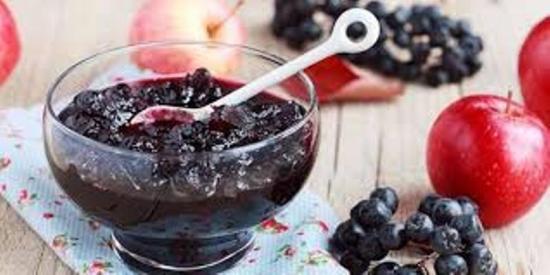
Jam
- Honeysuckle – 1000 gr.
- Sugar – 1200 gr.
- Water – 120 ml.
First of all, cook the sugar syrup, after boiling, place the berries in it for 3-5 minutes and turn off the stove. In this form, the jam is left until it cools, and then turned on again and cooked for about 30 minutes over low heat, and then poured into prepared containers.
Jam
It is considered a type of ordinary jam, but it is prepared with a more concentrated sugar syrup (70% sugar) at one time until the fruit is completely softened. The finished jam is poured into jars and rolled up.
Kissel
- Honeysuckle – 500 gr.
- Sugar – 350 gr.
- Starch – 1 tbsp. l.
- Water – 2.8-3.5 l.
The juice is extracted from the fruit, and the pulp remaining after squeezing is poured with water, sugar is added and brought to a boil. The resulting broth is filtered into another container.
Specified quantity potato starch dilute in 1 glass of cold water and gradually pour into the resulting broth in a thin stream, stirring constantly. Place the pan on low heat until the first bubbles appear.
After boiling, the squeezed juice is sent there and the resulting jelly is mixed. Added mint, cinnamon, and lime juice can give the drink an unusual flavor.
Fresh berry mousse
- Sugar – 100 gr.
- Water – 500 ml.
- Semolina – 4 tbsp. l.
- Berries – 200 gr.
The fruits are crushed and the resulting juice is squeezed out. The pomace is poured with water and boiled for approximately 5 minutes over medium heat, and then filtered. Add semolina and sugar to the resulting broth and cook semolina porridge of medium density.
After cooling the porridge, pour in the juice and beat with a blender or mixer until a fluffy, strong foam. The resulting mass is poured into molds and left to cool in the refrigerator for at least 1 hour.
Honeysuckle - a perennial shrub that does not require complex care from gardeners and is capable of bearing fruit even in light frost conditions. Many summer residents have already deservedly appreciated its taste, decorative, and medicinal properties, and many are just getting acquainted with this plant.
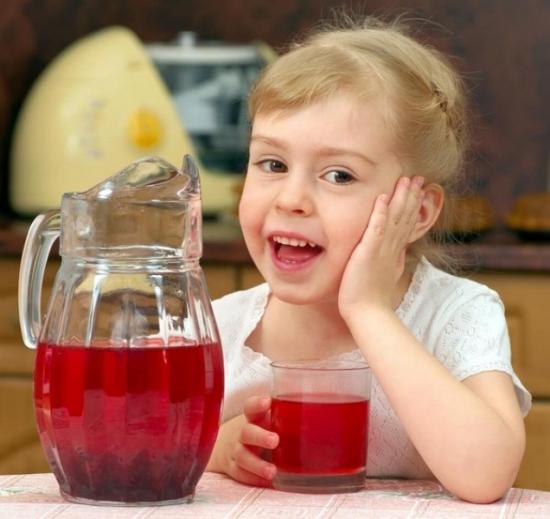
Tasty and healthy berries will leave few people indifferent, because they are among the first to appear; much later, garden shrubs will delight summer residents with the variety and abundance of the harvest, containing such vitamin components that are useful for humans.
Let's watch an interesting video about edible varieties edible honeysuckle, about the rules of planting, care, and harvesting of the grown crop. How to choose the right variety and where to plant it on the site? How does the Sinichka variety differ from the wide variety of other varieties, what dishes can be prepared with this beautiful berry:

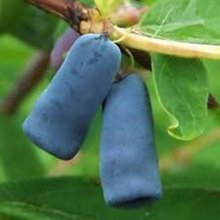
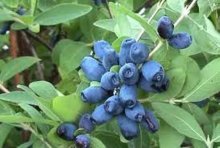
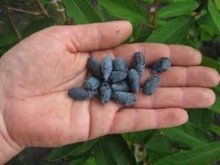
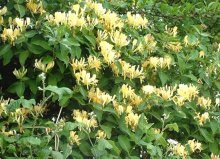
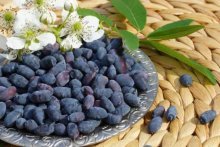
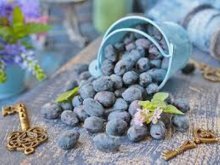
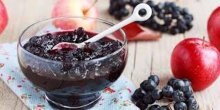

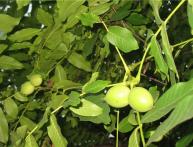
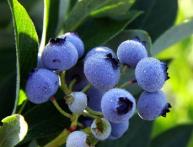
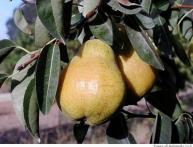
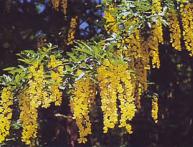
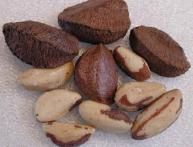
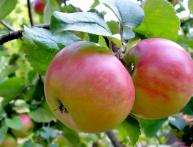
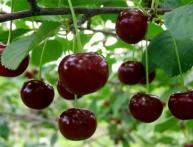
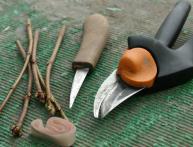
Comments
Honeysuckle Titmouse grows in our dacha. And there are two more varieties. It’s the earliest berry and we eat it all “from the bush”; we don’t even have enough for preparations. This year we will plant two more bushes, so that we will have enough for jam.